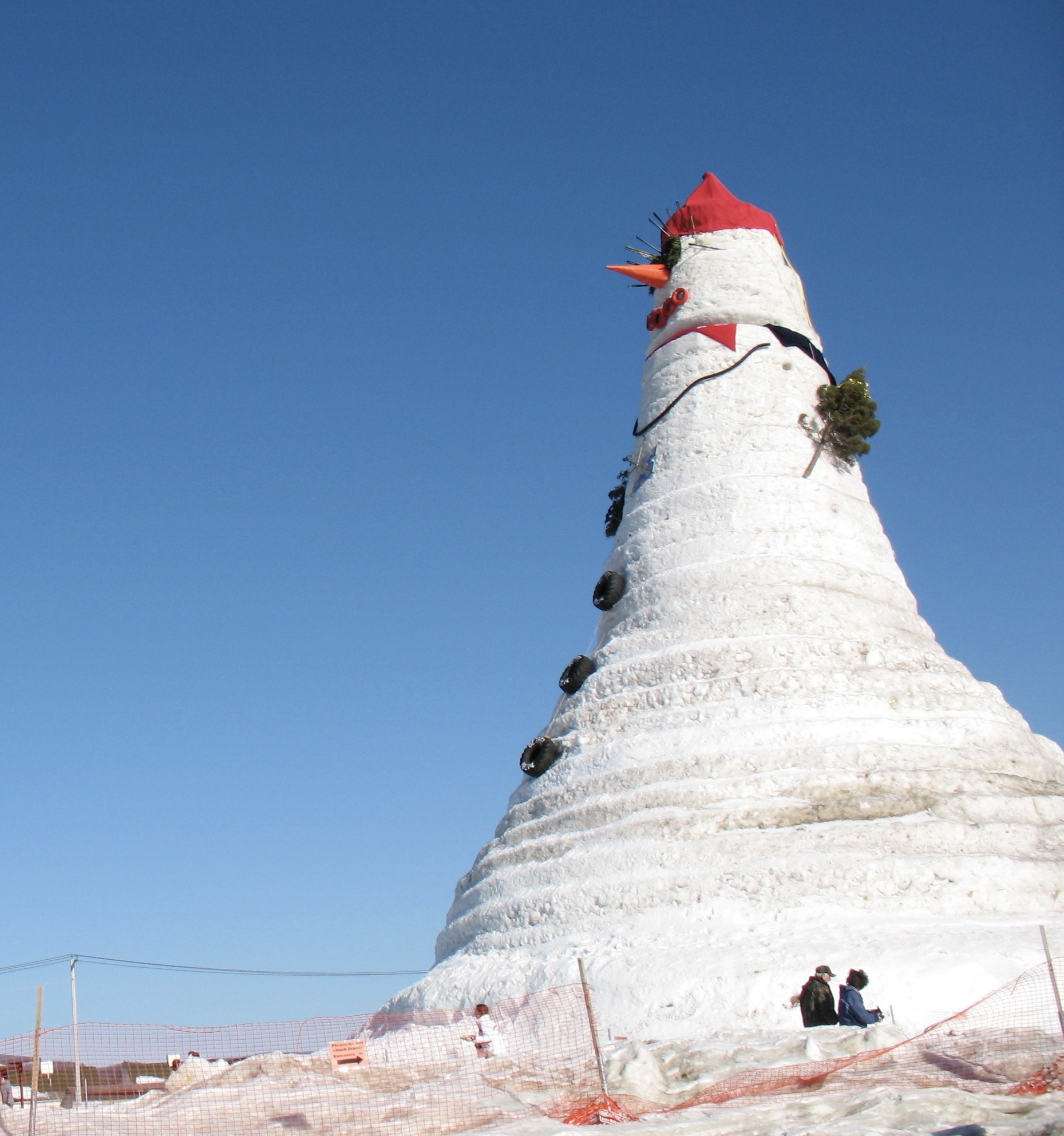Northern Virginians are not used to seeing snow accumulations in recent years. However, the snow that fell earlier this month has remained with us due to the prolonged freezing temperatures, and has not been all about slippery roads, icy sidewalks, and inconvenience. Many found the snow a cold delight that brought a smile that could be sculpted into a demonstrable expression of love for snow.
Typically found in cold, snowy regions, snowmen in the U.S. often have three round spheres, representing a head, middle, and lower torso. Sticks serve as arms; in more recent years, stones have replaced less available coal, for eyes; a carrot is a common nose. Some may be dressed in hat and scarf, but going unclad in public is acceptable in snowman culture.
Some of these typical attributes were adopted as a result of the 1950s popular song “Frosty the Snowman” by Jack Rollins and Steve Nelson. Although origins of the snowman are unknown, references have been found to them dating back to the Middle Ages. History records that Michelangelo was commissioned to build one for his patron in 1494.
Area snow artists have fashioned a variety of forms and sizes. If you are up for a challenge next snowfall, be aware the record to beat is a 122-foot-1-inch behemoth named Olympia. It’s been held by Bethel Maine since 2008.

